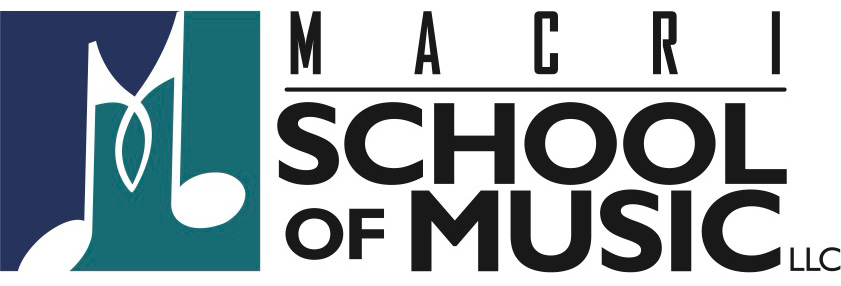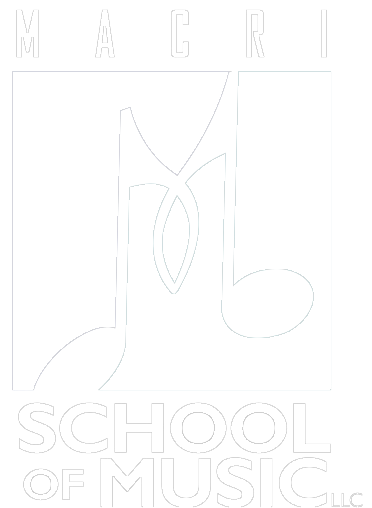macriuser_ds5lfw
In an earlier lesson, we learned the five positions of the pentatonic minor scale. Now it’s time to put these positions in motion by moving between them. This way you not only get to play vertically on the neck, but also horizontally. Figure 1. shows a one octave horizontal pentatonic minor pattern in A, which starts [...]
When confronting the changes of a blues tune, the first scale the majority of players lean towards is the minor pentatonic. This generates some wonderful sounds but by itself it doesn’t provide all the chord tones in a typical I-IV-V. A few other options include the blues scale, major pentatonic, the Mixolydian mode [...]
A capo is a clamp-like device you attach at a single fret on the neck of your guitar. It covers all six strings and raises the pitch of your guitar one half-step for each fret. For example, if you place the capo on the 2nd fret, the open E string now becomes F# [...]
The key to picking quickly is the ability to successfully synchronize both hands. Most guitar players are more comfortable playing fast legato phrases versus picking every note. The goal is to have a nice balance of both techniques in your playing. Exercises which promote better synchronization should be short, simple and repetitive. Let’s [...]
There is a school of thought that a swing feel must be present in order for music to be classified as jazz. While I don’t necessarily subscribe to that in such declarative terms, I believe a strong time feel must be found in all forms of music. Traditional jazz generally has a swing [...]
The Mixolydian mode is a popular choice for soloing in many forms of music. It is derived from the fifth degree or note of the major scale. In the key of C major for example – G Mixolydian would be G,A,B,C,D,E,F,G. It is common to use this sound over dominant 7th chords and [...]


